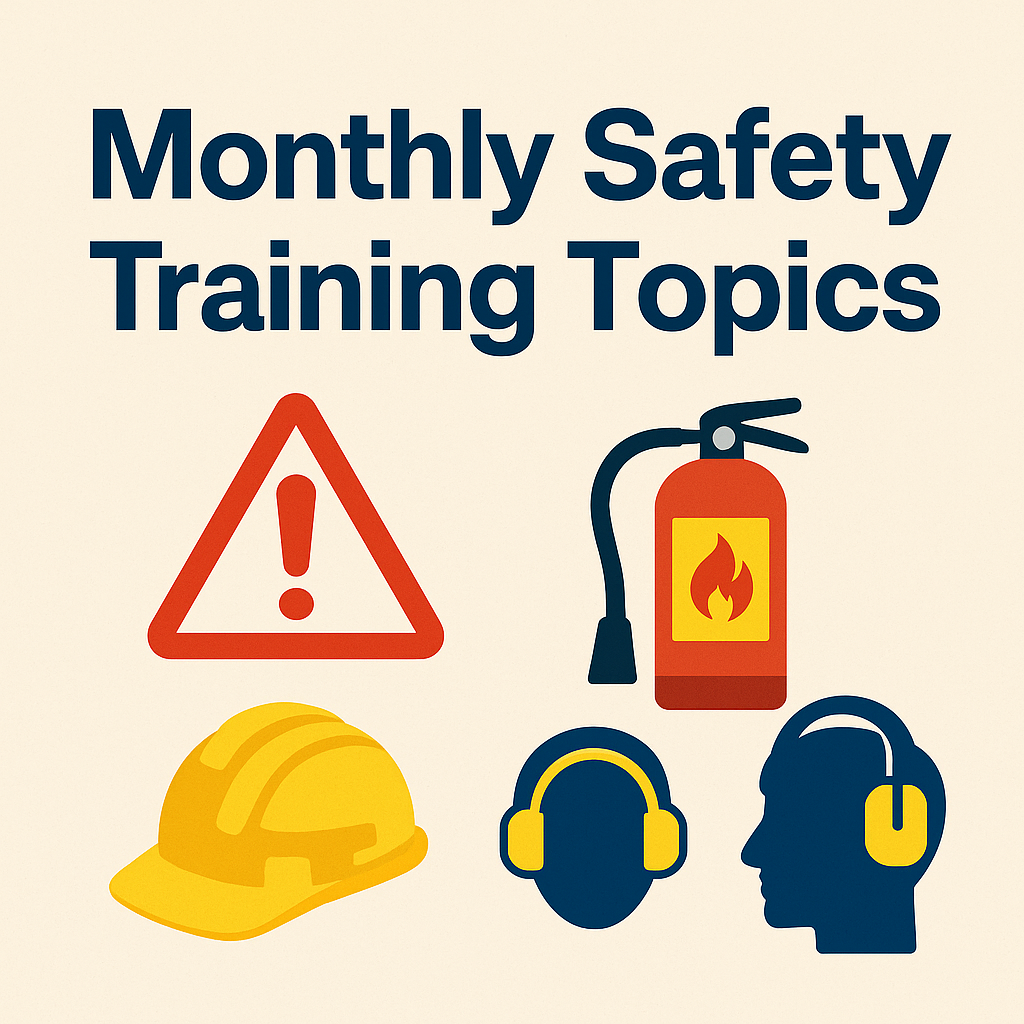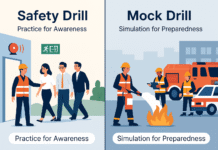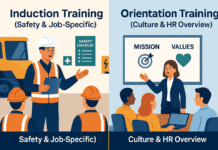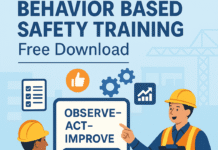
Monthly Safety Training Topics
Safety isn’t something you check once and forget—it’s a continuous journey. That’s why monthly safety training is a cornerstone of building safer workplaces. It keeps employees aware, refreshed, and ready to act in case of emergencies. Think of it as routine maintenance for your most valuable asset—your people.
The Role of Monthly Safety Training
Monthly safety training ensures safety knowledge doesn’t fade over time. It reinforces a strong safety culture where employees look out for themselves and each other. Instead of overwhelming workers with everything at once, monthly sessions break topics into bite-sized, manageable lessons.
How to Plan Monthly Safety Training
Planning is the backbone of effective training.
- Assess risks: Identify hazards unique to your workplace.
- Make a calendar: Assign a different safety theme to each month.
- Mix formats: Combine classroom teaching, toolbox talks, and hands-on drills.
January – Fire Safety and Evacuation Drills
Start the year strong with fire safety.
- Train staff on fire extinguisher use.
- Conduct evacuation drills so everyone knows the nearest exits.
- Remind employees: seconds save lives during fire emergencies.
February – Personal Protective Equipment (PPE)
PPE is the last line of defense.
- Teach correct selection and use.
- Show common errors—like wearing loose gloves near moving machinery.
- Emphasize that PPE only works if worn properly, every time.
March – Electrical Safety
Electricity doesn’t forgive mistakes.
- Teach hazards of overloaded circuits and exposed wiring.
- Explain Lockout/Tagout (LOTO) procedures.
- Share real accident case studies to stress why rules exist.
April – Hazard Communication
Chemicals can be silent killers.
- Train workers to read labels and Safety Data Sheets (SDS).
- Discuss storage and spill response.
- Hands-on demonstrations make the session practical.
May – Slips, Trips, and Falls Prevention
Falls are a leading workplace injury.
- Cover good housekeeping practices.
- Demonstrate ladder safety and fall protection equipment.
- Encourage reporting of unsafe conditions immediately.
June – Heat Stress and Environmental Hazards
Hot months bring heat risks.
- Teach signs of heat exhaustion and heat stroke.
- Encourage regular hydration and shaded breaks.
- Include info on environmental hazards like dust and noise.
July – Machine Guarding and Equipment Safety
Machines don’t think—humans must.
- Train employees on importance of guards and interlocks.
- Emphasize not bypassing safety devices.
- Cover lockout before maintenance.
August – First Aid and Emergency Response
Everyone should know what to do until help arrives.
- Train on CPR, bleeding control, and choking response.
- Highlight workplace first aid kit contents.
- Assign emergency roles to workers.
September – Confined Space Safety
Confined spaces are high-risk zones.
- Train on entry permits and monitoring.
- Stress importance of ventilation.
- Prepare for rescue scenarios—time is critical in confined spaces.
October – Ergonomics and Manual Handling
Bad posture today can mean back pain tomorrow.
- Show correct lifting techniques.
- Adjust workstations for comfort.
- Encourage micro-breaks to reduce strain.
November – Workplace Violence and Stress Management
Safety isn’t only physical—it’s also psychological.
- Recognize early signs of aggression.
- Teach conflict resolution and reporting.
- Add stress management techniques like breathing exercises.
December – Year-End Review and Mock Drills
Wrap up with reflection and practice.
- Review key lessons from each month.
- Conduct a full-scale drill involving fire, medical, and evacuation scenarios.
- Reward employees who actively contributed to safety culture.
Benefits of Monthly Safety Training
- Fewer accidents → lower costs and higher productivity.
- Increased awareness → workers recognize hazards faster.
- Boosted morale → employees feel cared for and secure.
Tips for Effective Training Delivery
- Use visuals, videos, and real-life examples.
- Keep it interactive with Q&A and role-play.
- Conduct surprise drills for real readiness.
Conclusion
Monthly safety training is more than compliance—it’s about saving lives, protecting health, and keeping businesses running smoothly. By dedicating just a few hours each month, organizations can build a culture of safety that lasts all year.
Types of Safety Training for Employees
Types of Safety Training for Employees
Safety Induction Training for Employees
50 Workplace Safety Topics for Meetings
FAQs
1. How long should monthly safety training last?
Usually 30–60 minutes is enough, depending on the topic.
2. Who should conduct the training?
Safety officers, supervisors, or certified trainers with relevant expertise.
3. Is monthly training legally required?
In many industries, yes—OSHA and other bodies mandate regular safety training.
4. How do I keep employees engaged?
Use real stories, interactive demos, and reward participation.
5. Can training topics be repeated?
Yes, especially high-risk topics like fire safety and first aid. Repetition reinforces memory.

























Im inetrested in your post about Safety